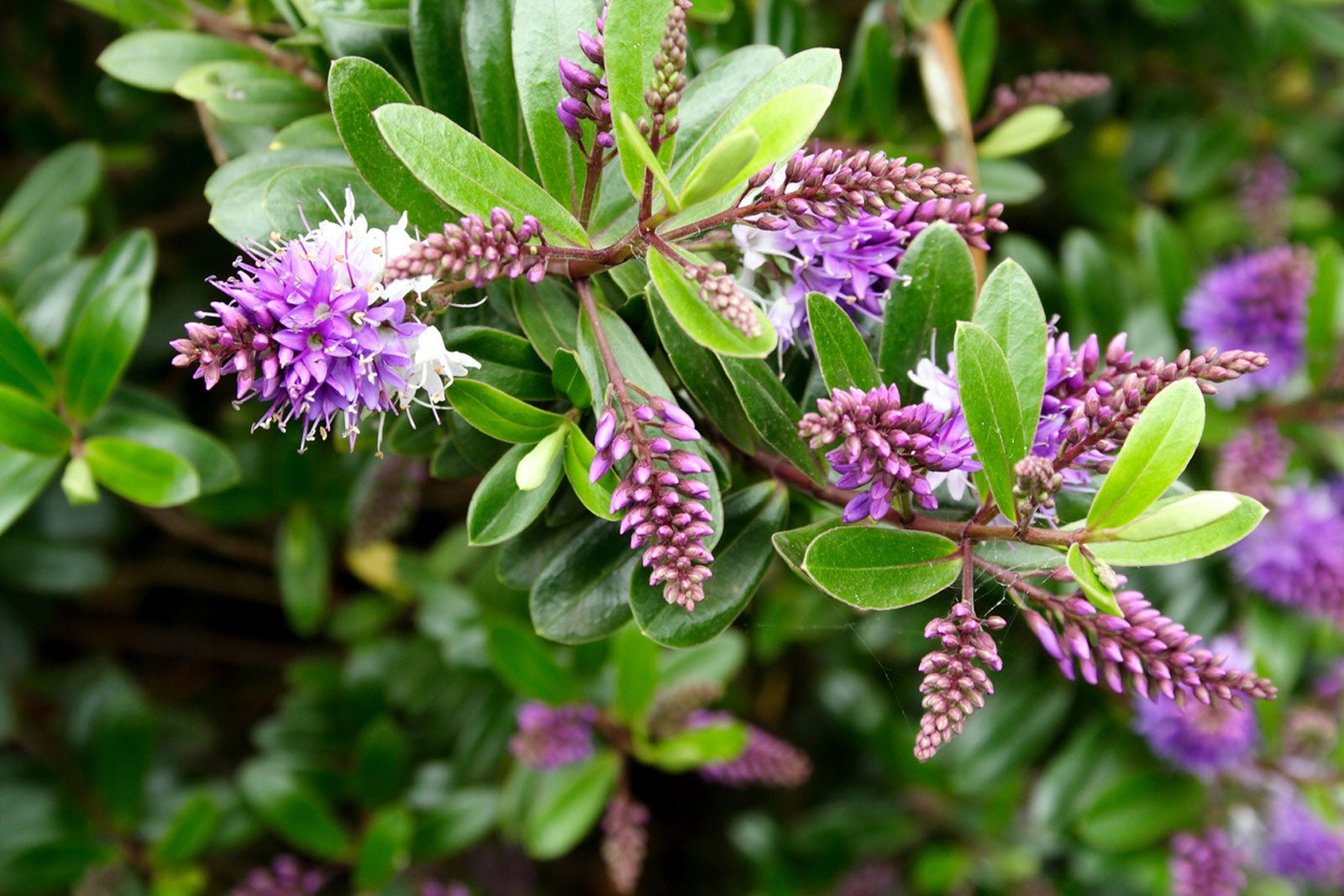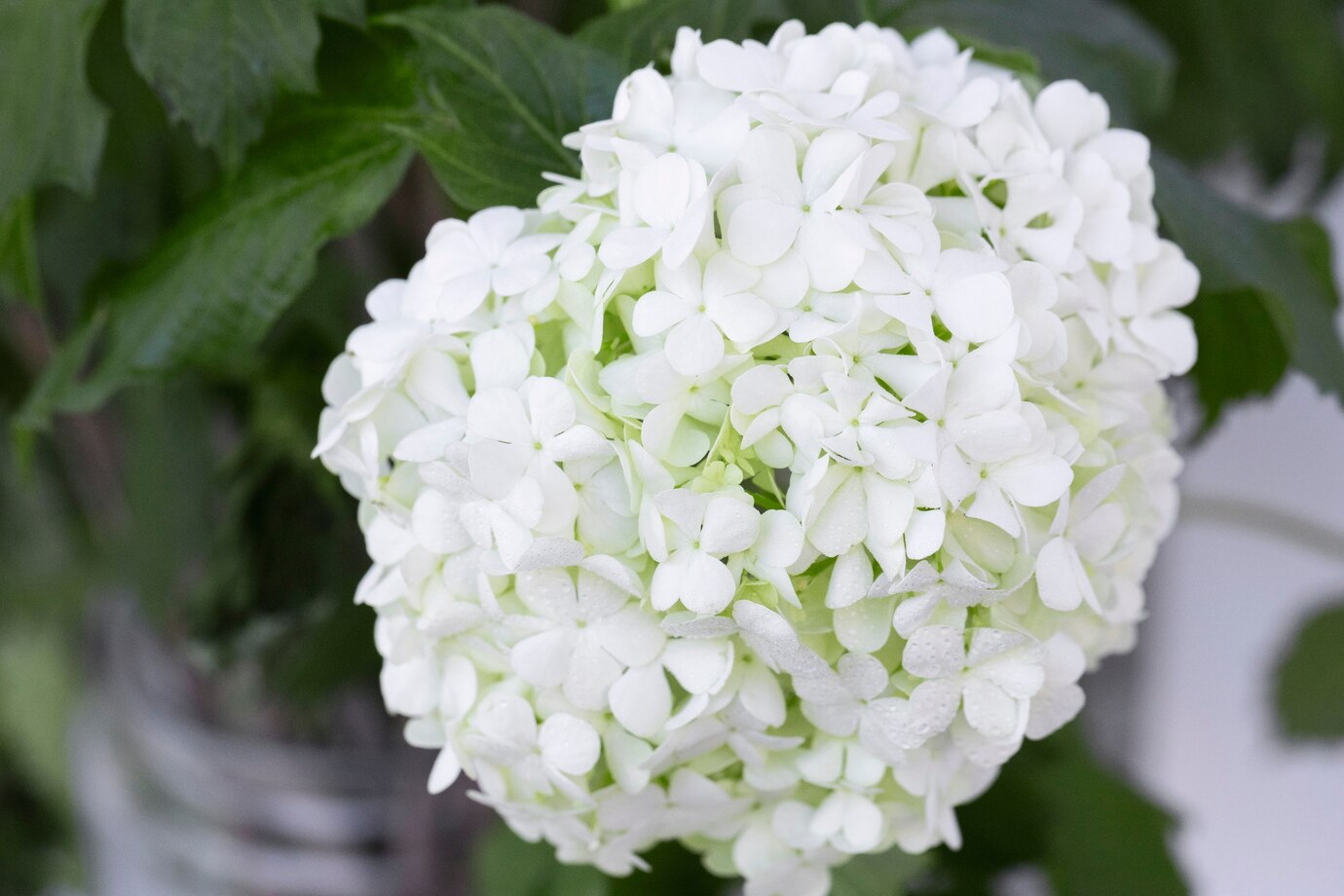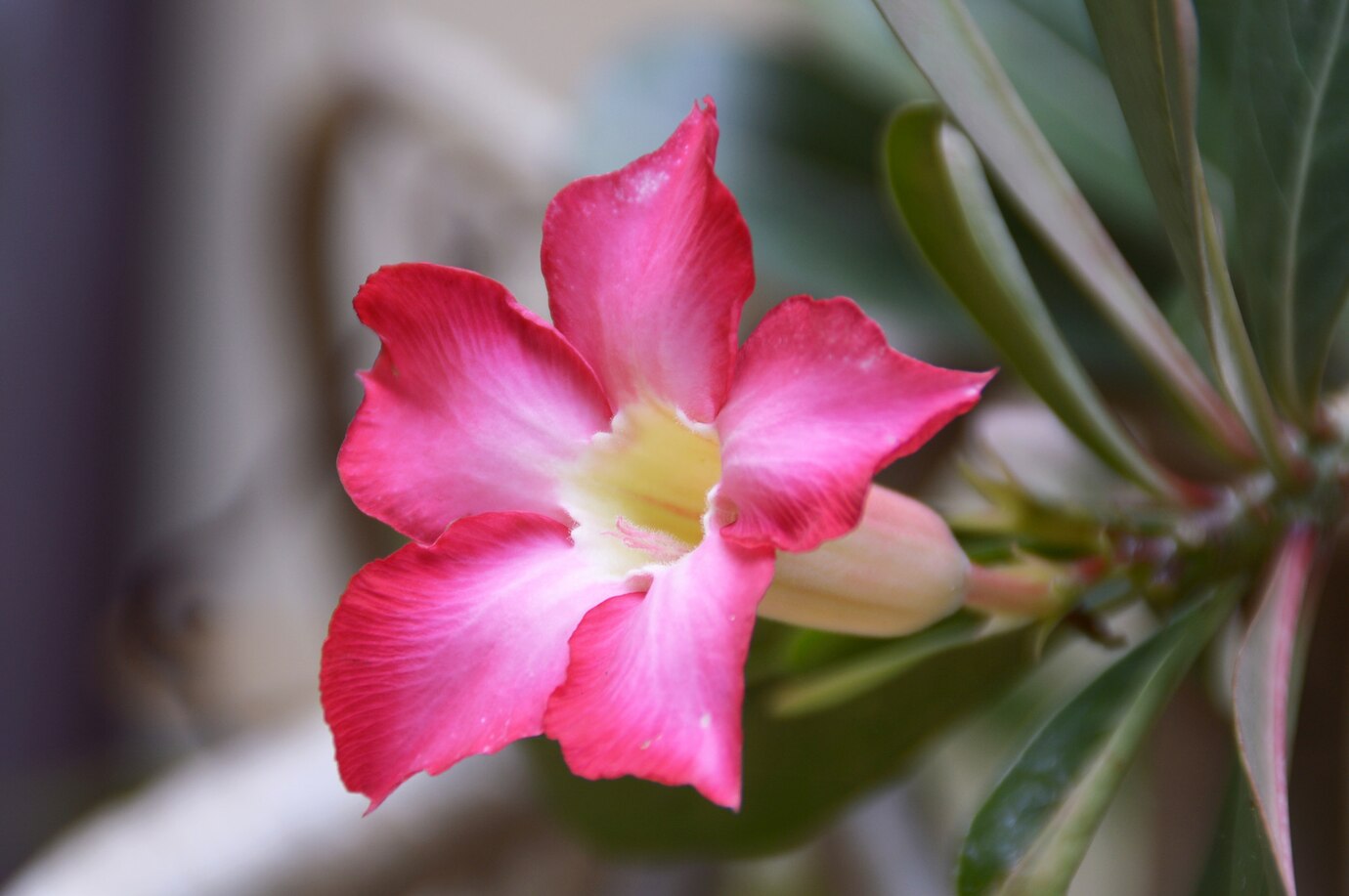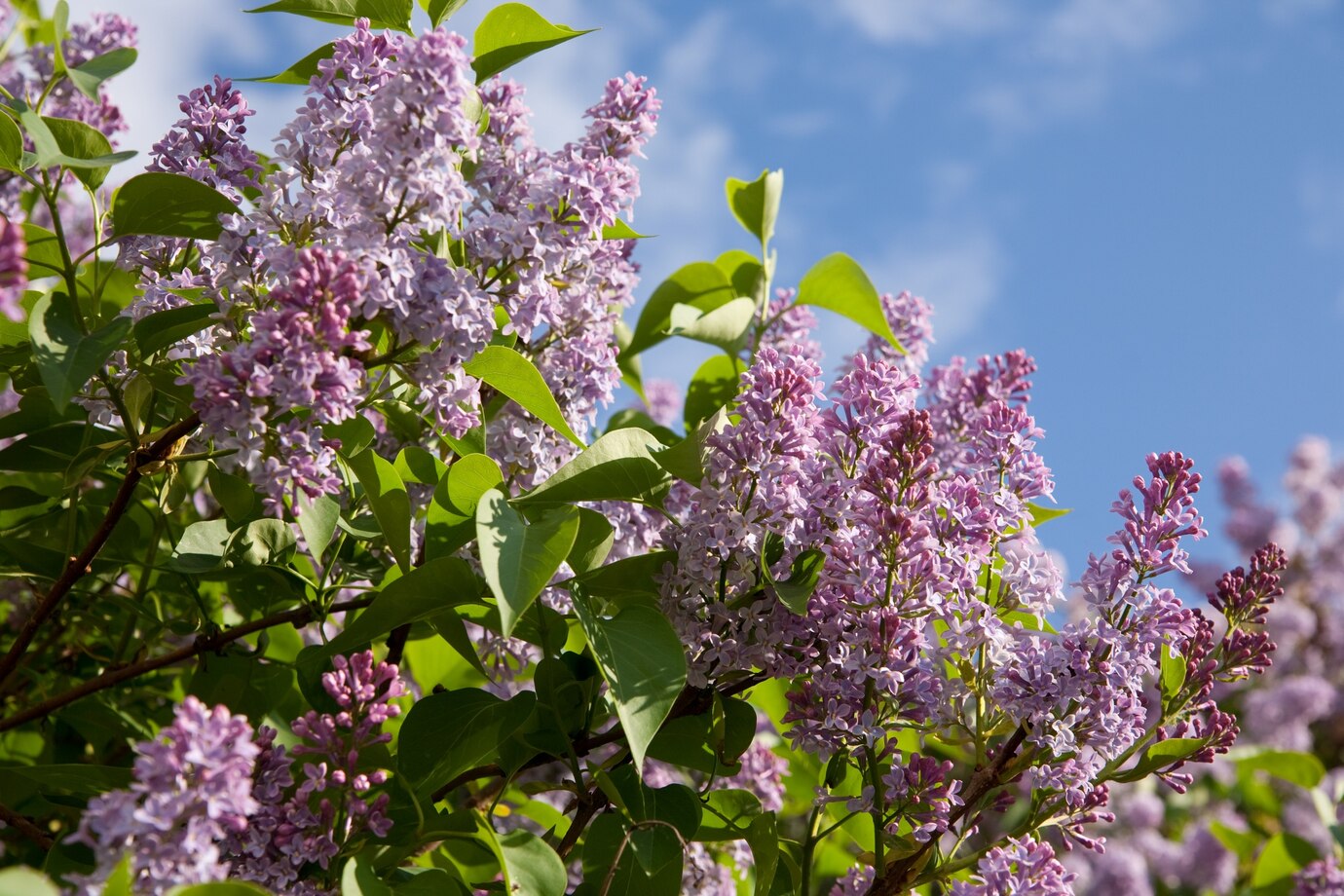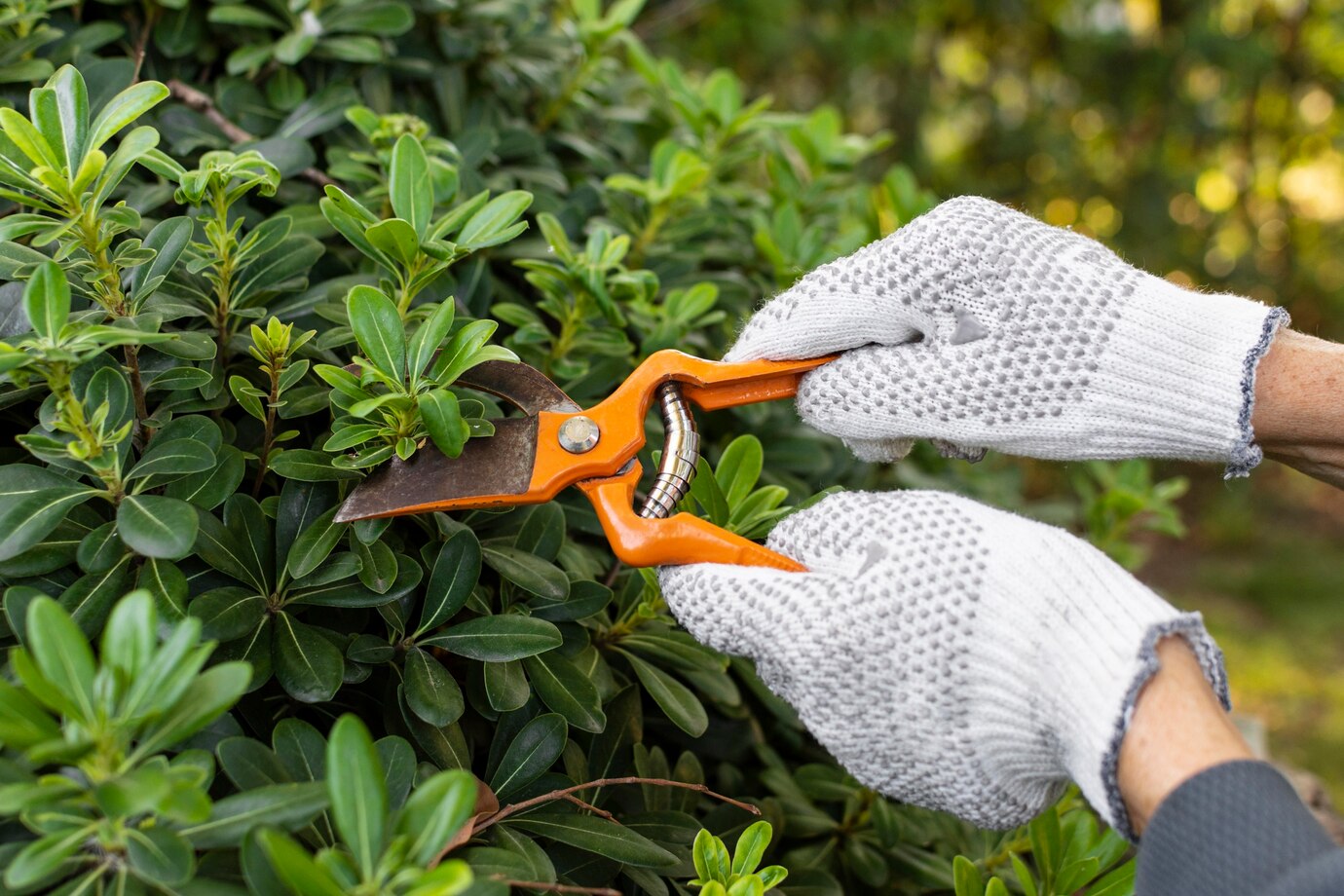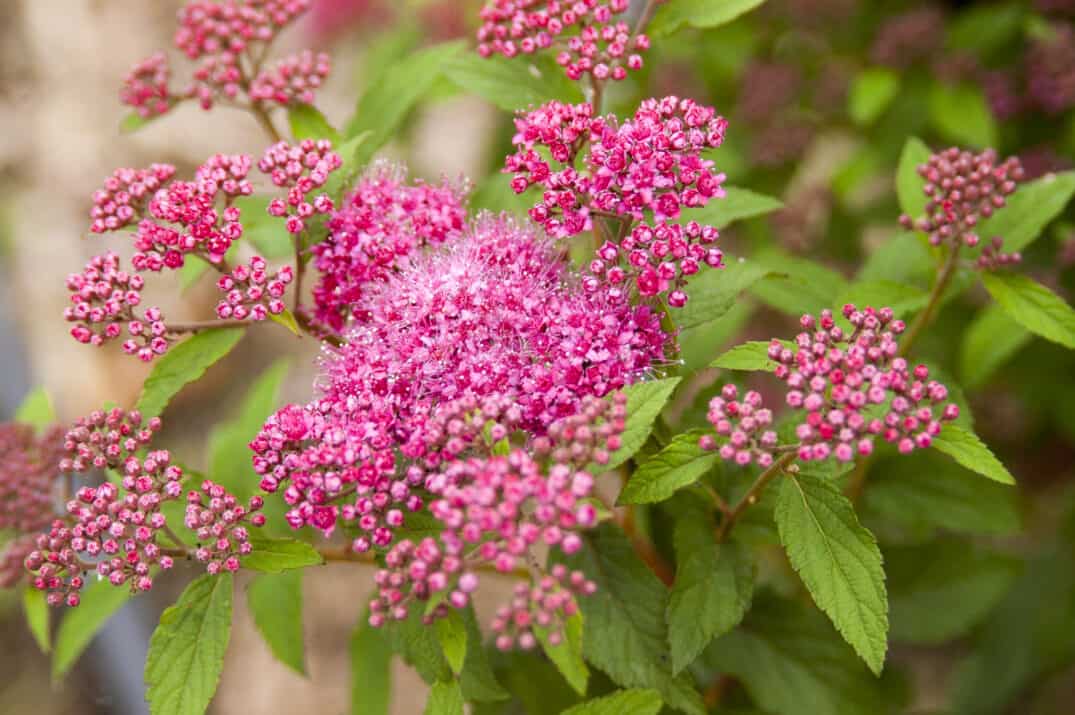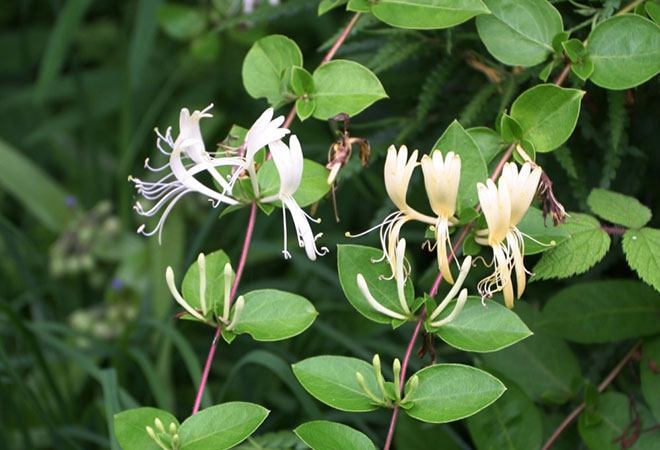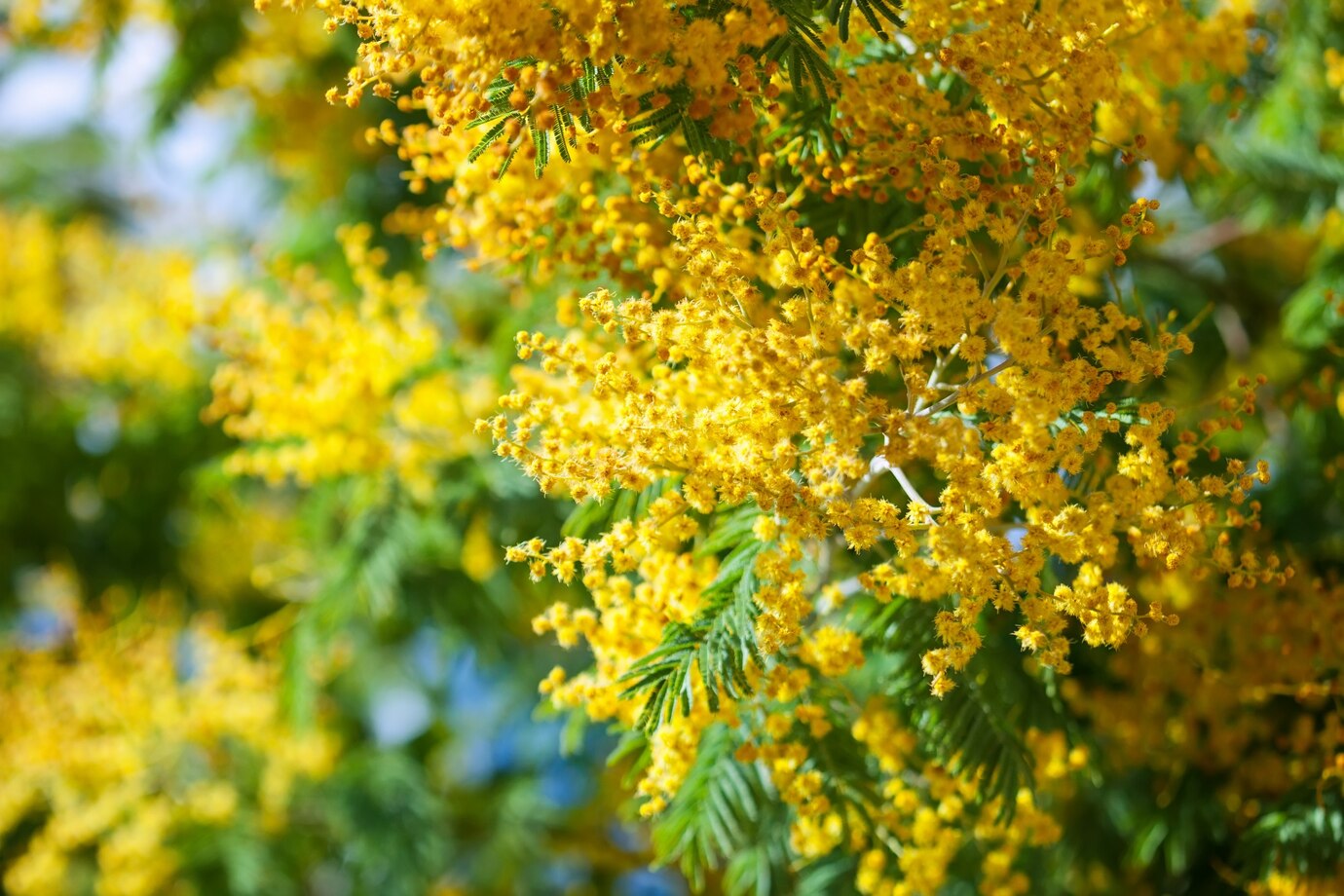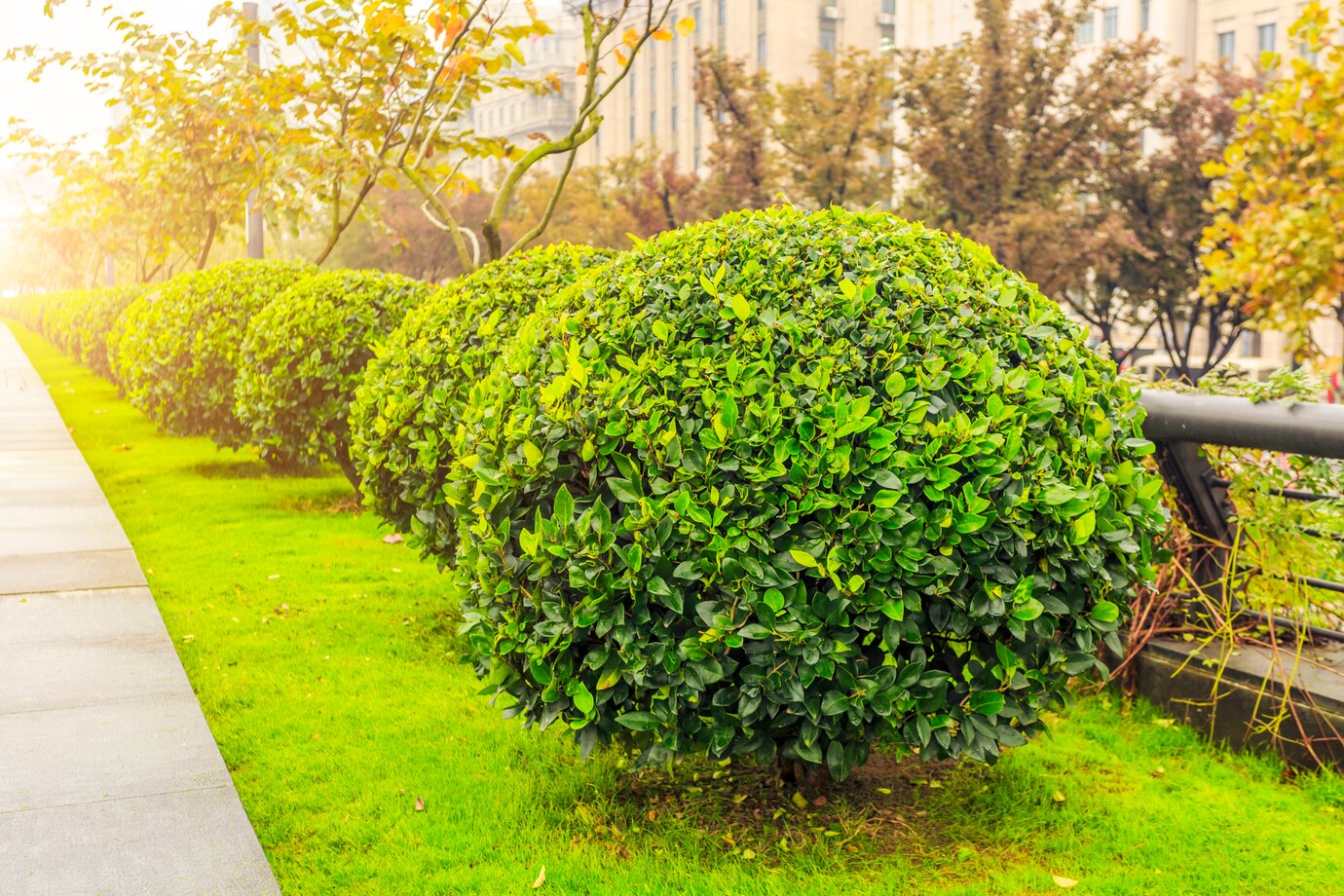The hebe shrub family is a favorite among gardeners due to its low-maintenance care and cultivation needs. These mounded, eye-catching shrubs are broadleaf evergreens found initially on the mountainsides and coastlines of New Zealand. However, their adaptability has made them popular for landscaping and container gardening worldwide. Known for their colorful leaves and vibrant blooms, hebes come in various foliage colors such as green, purple, maroon, blue-green, and gray. Their spiked flowers appear in red, pink, white, purple, or blue shades. With nearly 100 species in the Hebe genus, there’s a variety to suit almost every landscaping need and personal preference.
Plant hebes in late spring to early summer for the best results.
Table of Contents
ToggleQuick Facts
Botanical Name: Veronica spp. or Hebe spp.
Height: Up to 6 feet tall
Spread: Up to 5 feet wide
Sun Exposure: Prefers full or partial sun
Soil Requirements: Well-draining soil
When to Plant: Spring or fall
Hebe Shrub Care
Here are the main care requirements for growing and planting hebes shrubs:
Light
Hebe shrubs thrive in full sun to partial shade. Excessive shade can cause them to become leggy and may stop them from blooming.
Soil
Well-draining soil is essential for hebe shrubs. While they prefer moist soil, it should never be soggy. The Hebe genus doesn’t tolerate extreme soil pH levels. They generally do well in slightly acidic to slightly alkaline conditions, but neutral soil is ideal.
Water
Although hebe shrubs are drought-tolerant, they still need regular watering to support healthy growth and vibrant foliage. A weekly watering schedule will keep the plants thriving and looking their best.
Temperature and Humidity
Hebe shrubs are quite hardy and can handle cold temperatures, though severe frosts or freezing conditions can damage them. They do best in climates with warm summers and mild winters, preferring mild conditions year-round.
Fertilizer
In addition to their low-maintenance care, hebe shrubs don’t require much fertilization. Adding organic matter or compost in late winter or early spring will support growth and enhance flowering if you want to give your plant a little extra boost.
Pruning
Pruning hebe shrubs is simple and keeps them looking lush and vibrant. After their flowers fade, trim them off to encourage new blooms. Use the “1/3 Rule” when pruning to promote a fuller, bushier appearance.
Throughout the growing season, you may find it helpful to occasionally trim the shrub to maintain its neat and compact shape, preventing it from becoming leggy.
How to Grow Hebe Shrubs From Seed
While it is possible to grow hebe shrubs from seed, it’s important to note that it can take several years for the seedlings to establish and start blooming in the landscape. Additionally, if you’re using seeds from a cultivar, the resulting plant may not be identical to the parent. For these reasons, the recommended propagation method for hebe shrubs is by taking cuttings.
Potting and Repotting Hebe Shrubs
Hebe shrubs not only look stunning in the garden but also make beautiful potted plants, allowing you to move them indoors during colder winter months.
If you plan to keep your hebe in a container, consider the mature size of the variety you choose. Smaller varieties are ideal for potted hebe shrubs.
Ensure the container has good drainage and use well-draining potting mix, as hebe shrubs do not tolerate soggy soil. A terra-cotta pot is a great option since it evaporates excess moisture. As the plant grows, it must be repotted into a larger container, typically every two years or as needed, depending on the growth rate.
Overwintering
In warmer climates, established hebe shrubs can thrive outdoors during the winter. However, to protect younger shrubs, it’s important to wrap or cover them before freezing temperatures set in. It will help shield them from the cold and ensure their survival through the winter months.
Common Pests and Plant Diseases
Aphids and spider mites are a common issue for hebe shrubs. To tackle this, treat the plant with horticultural oil or an organic insecticide. Fungal problems may also arise if the plant is too wet. Prevent this by ensuring good air circulation around the shrub and maintaining moist soil, but avoid over-watering to keep fungal issues at bay.

